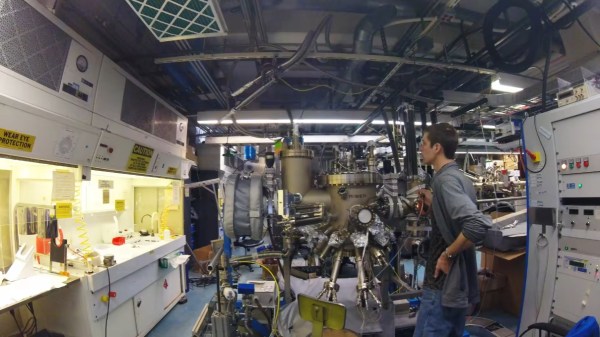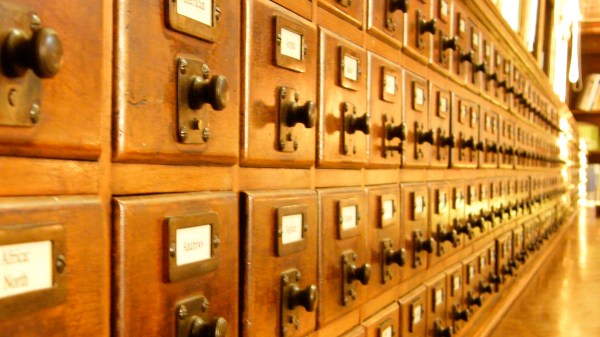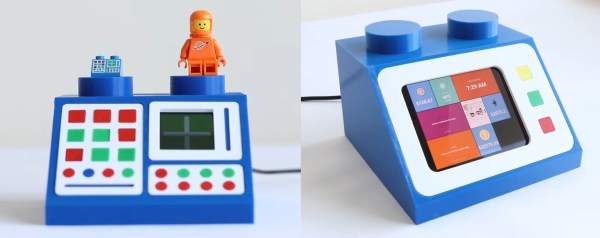Today’s microcontrollers are high-speed powerhouses that can do absolutely wonderous things. By virtue of fast clock speeds and special DMA hardware, it’s often possible to achieve great feats that seem almost ridiculous at face value. [Bitluni] decided to demonstrate just that, running six (6!) VGA displays from a single ESP32. (Video, embedded below.)
The ESP32 clocks in at 240 MHz at top speed. It also features some nifty DMA hardware along with GPIO mapping that makes it perfectly suited to this task. [Bitluni] was thus able to set it up to drive up to six VGA displays at one bit per pixel monochrome output. Alternatively, ganging up six output pins into two sets of three, he was able to run two VGA displays with 3-bit color. The resolution is an impressive 640 x 400 in both cases, and [Bitluni] demonstrated the hardware by driving six projectors with a starfield display.
Is it useful? Perhaps not yet, but there’s certainly a few applications we could think of. Share your own ideas in the comments. In the meantime, check out [Bitluni]’s other great works for the ESP32.
Continue reading “Running Six VGA Projectors From A Single ESP32”

















